Pin on Artillery
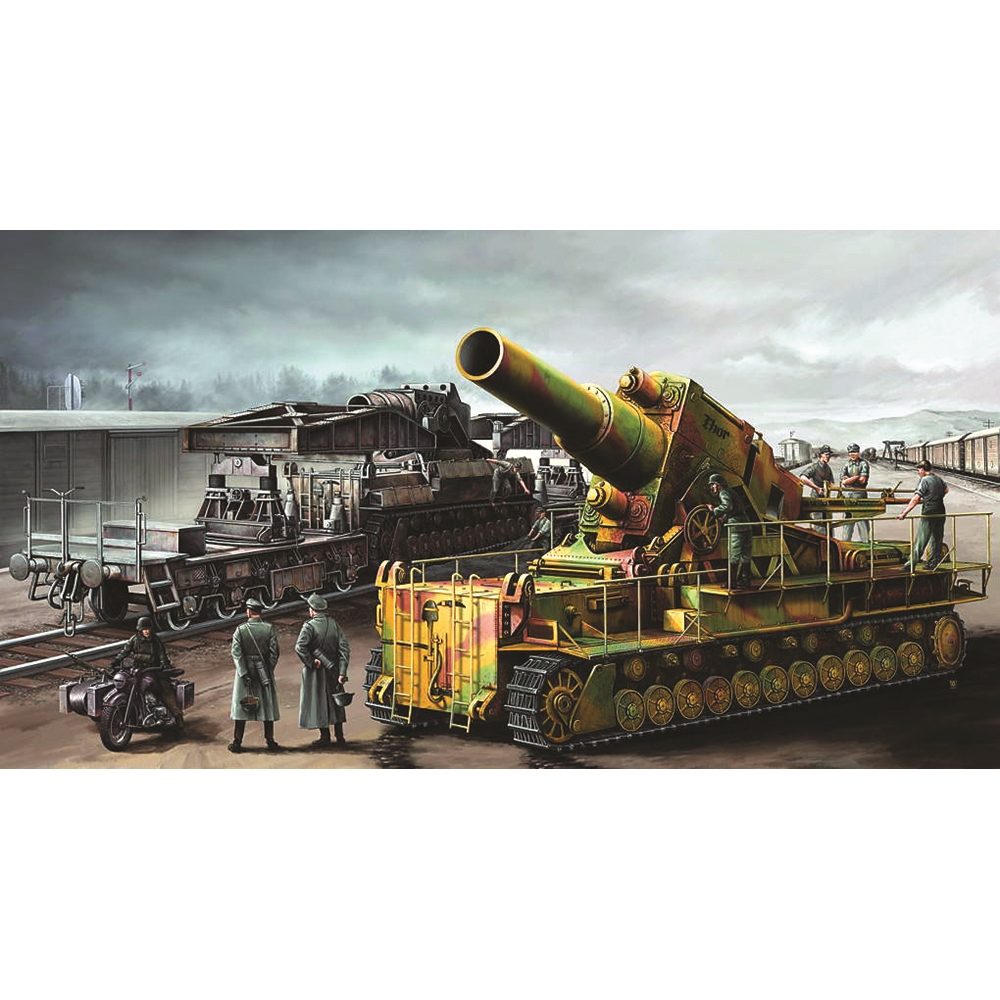
Bachmann Europe plc Mörser KarlGerät 040/041 on Railway Transp. Carrier (late),Mörser Karl
"Karl-Gerät" (040/041) (German literally "Karl-device"), also known as Thor and Mörser Karl, was a World War II German self-propelled siege mortar (Mörser) designed and built by Rheinmetall. It was the largest self-propelled weapon to see service. Its heaviest munition was a 60 cm (24 in) diameter, 2,170 kg (4,780 lb) shell, and the range for its lightest shell of 1,250 kg (2,760 lb) was.
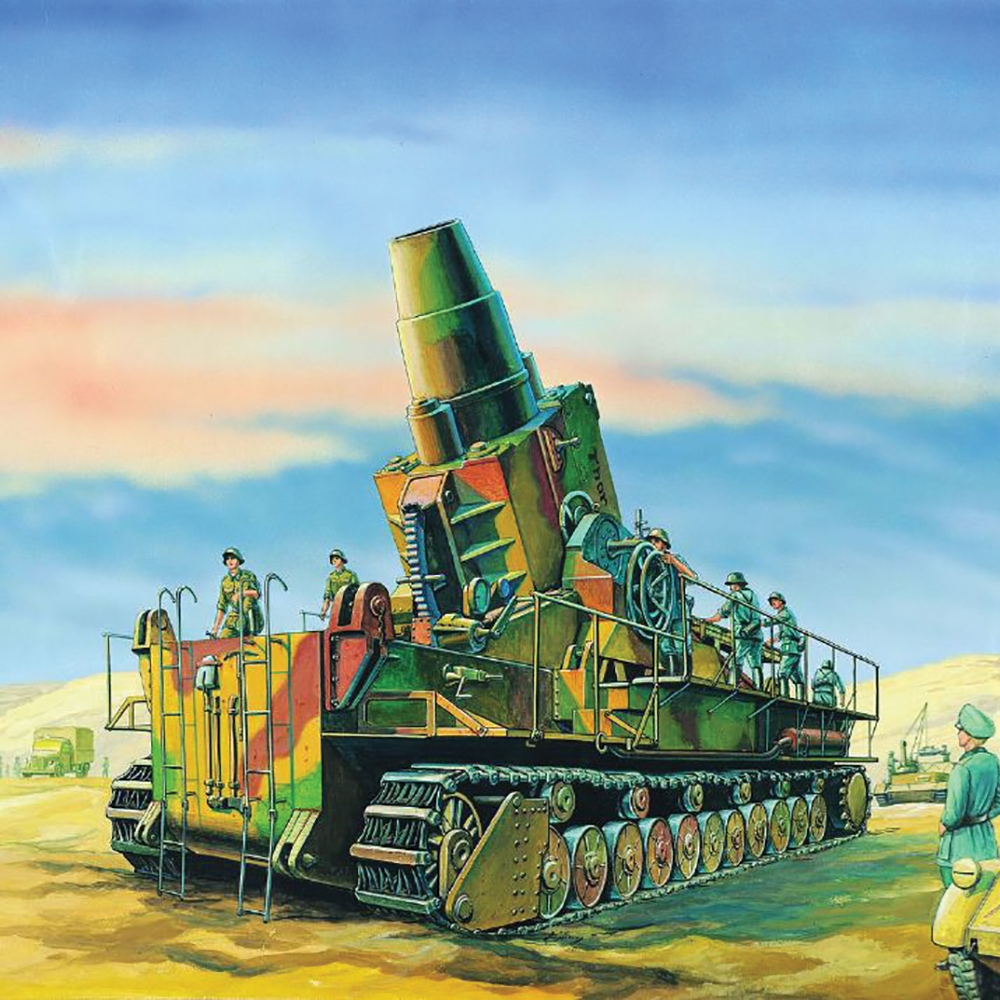
Bachmann Europe plc Mörser KarlGerät 040/041,Mörser KarlGerät 040/041
Item 163 : Bertha's Big Brother Karl - Gerät contents : Introduction, development, production history, automotive features, weapon features of gerät 040, development, production and features of gerät 041, first combat action, Stonking Sevastapol, North to Leningrad, back to the Eastern Front in 1943, Crushing revolts in Warsaw and Budapest, overall Karl-Gerät Status, Operation Wacht am Rhein.
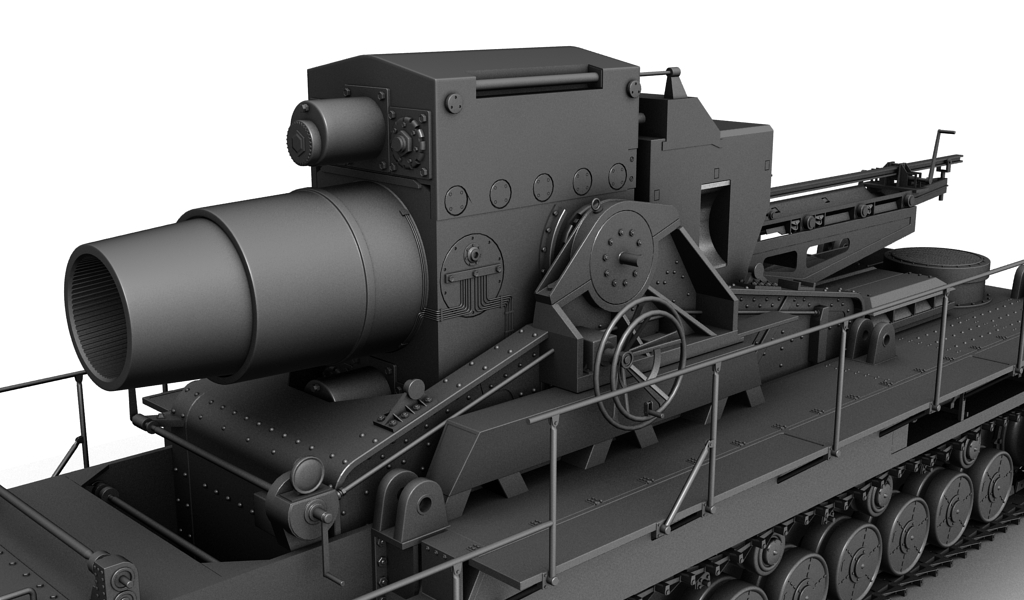
Morser 60 cm KarlGerät 040 Initial Kubinka Le monde de la maquette
KARL-Gerat History: "Karl-Gerät" (040/041) (German literally "Karl-device"), also known as Mörser Karl, was a World War II German self-propelled siege mortar (Mörser) designed and built by Rheinmetall. Its heaviest munition was a 60 cm (24 in) diameter, 2,170 kg (4,780 lb) shell, and the range for its lightest shell of 1,250 kg.
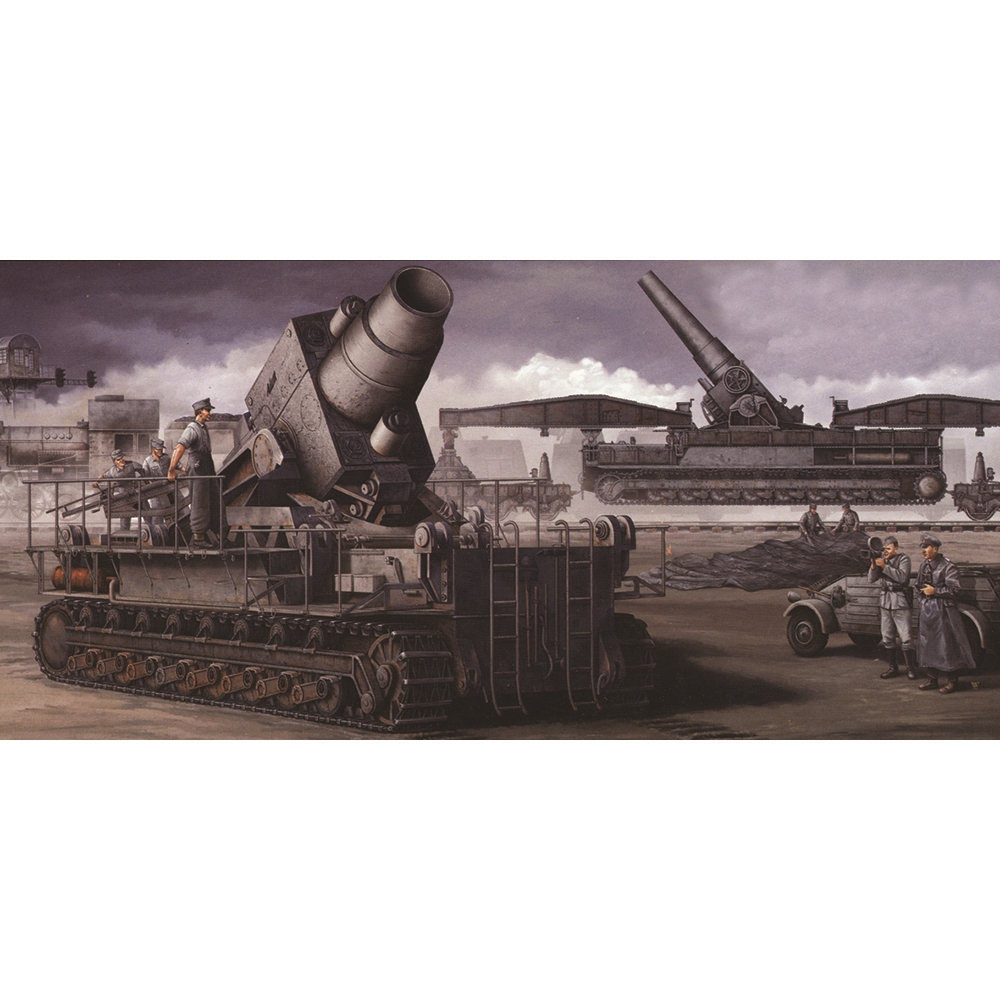
Bachmann Europe plc Mörser KarlGerät 040/041 on Railway Transp. Carrier (early),Mörser Karl
Mörser Karl Mörser Karl Gerät 040/041 Adam Wehrmacht Heer (German Army 1935-1945) Mörser Karl Gerät 040/041 Eva Wehrmacht Heer (German Army 1935-1945) Box contents. Plastic sprue, Photoetched fret, Rubber, Decalsheet (waterslide), Metal. Dimensions: 640x340x170 mm (25.2x13.4x6.7 inch) Weight: 3080 g (6.79 lbs) Product timeline . Trumpeter.

Gerät 040 FahrzeugederWehrmacht.de
Janusz Ledwoch: Gerät 040/041 Karl Mörser - Wydawnictwo Militaria 281, Tank Power vol.LIII (polish/english) Thomas L. Jentz Bertha's Big Brother Karl-Geraet (60 cm) & (54 cm) - The Super Heavy Self Propelled Mortar also known as Geraet 040/041 Nr. I-VII; This entry was posted in and tagged

Machines for War KarlGerät (040/041) selfpropelled siege mortar
The Karl-Gerat (040/041) (or "Karl device" in German) was a self-propelled siege howitzer designed and built by Rheinmetall in World War 2. The howitzer became the largest self-propelled gun ever built and used in combat. Despite its size and available firepower, the system had all the inherent weaknesses of all previous large-caliber cannon.

The Biggest Model I've Ever Built! Morser Karl Gerät 040 (Trumpeter 1/35) YouTube
English: Mörser „Karl" (Gerät 040/041) was a series of German 60-cm (Gerät 040) and 54-cm (Gerät 041) howitzers designed to destroy heavily fortified positions, deployed in Second World War. Suomi: Karl-Gerät (040 / 041) oli järeä saksalainen mörssäri (kaliiperit 60 cm ja 54 cm), jota käytettiin toisessa maailmansodassa.
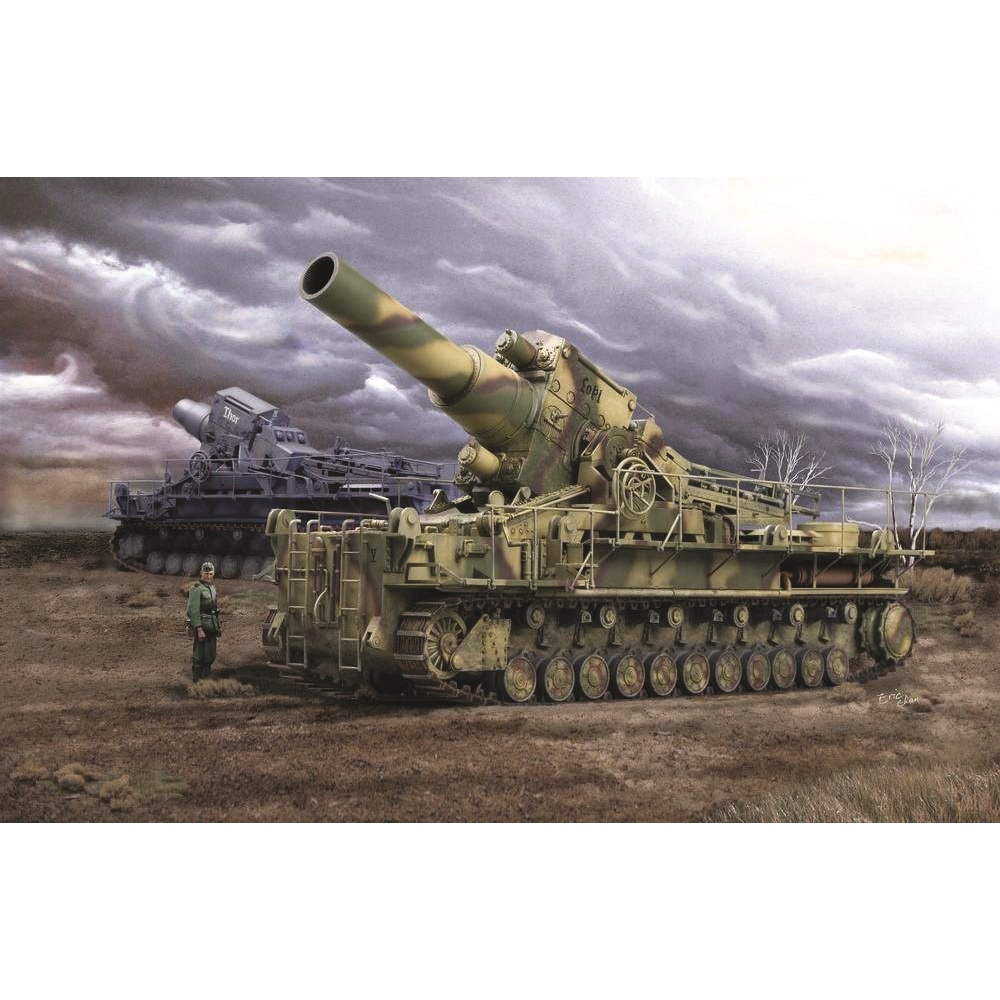
Bachmann Europe plc Mörser KarlGerät 040/041,Mörser KarlGerät 040/041
Moerser Karl-Geraet 040/041 Late Version Hobby Boss announced two 1/72 Karl kits (kit #82904 and #82905) at the Sizuoka Hobby Show in May 2007. Although both kits were initially scheduled to be released in Summer 2007, only the kit #82904 came out in late August, followed by the kit #82905 in December.
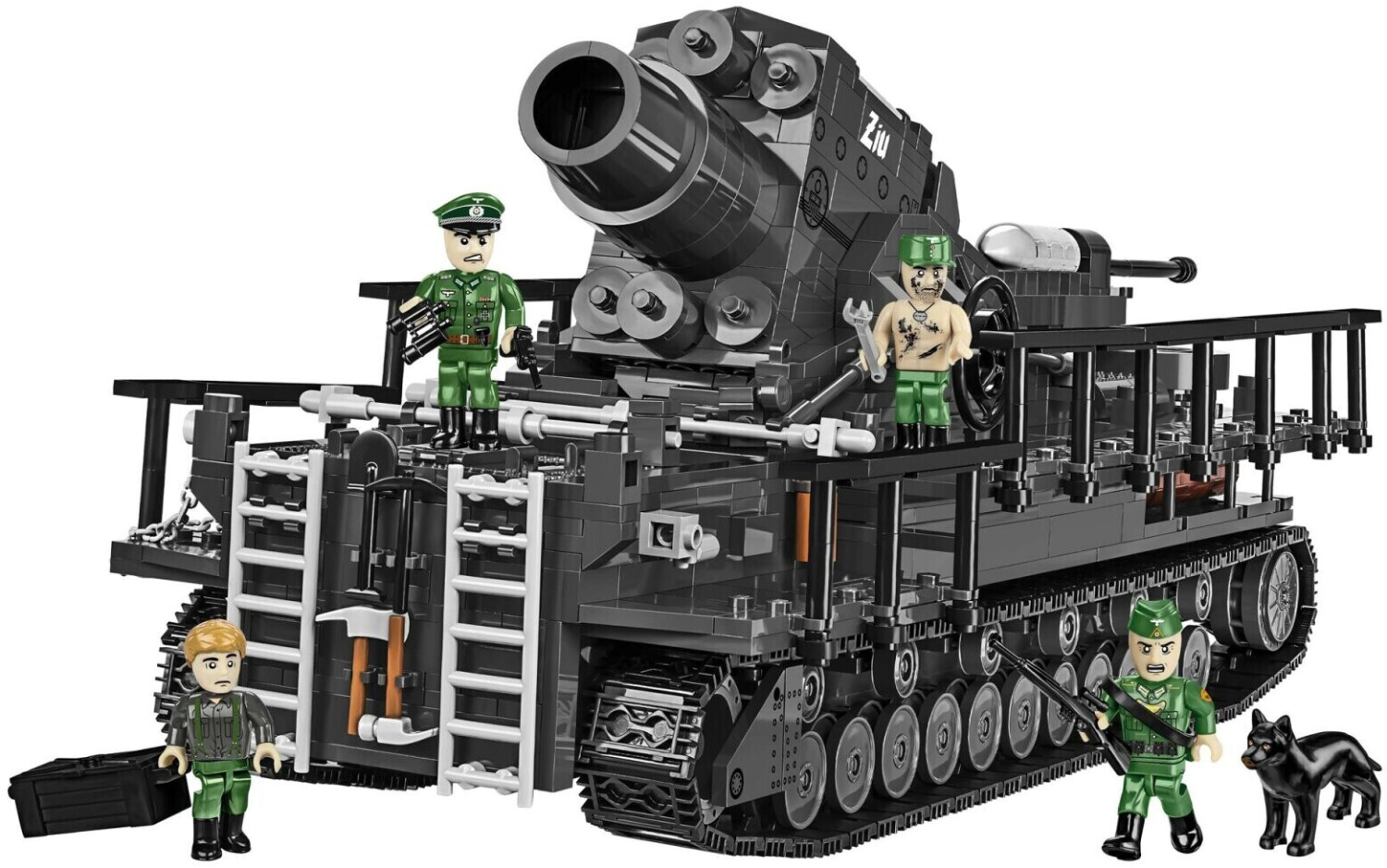
Cobi KarlGerät 040 Ziu ab 89,95 € Preisvergleich bei idealo.de
The Munitionsschlepper is shown on the right. "Karl-Gerät" (040/041) (German literally "Karl-device"), also known as Mörser Karl, was a World War II German self-propelled siege mortar ( Mörser) designed and built by Rheinmetall. Its heaviest munition was a 60 cm (24 in) diameter, 2,170 kg (4,780 lb) shell, and the range for its lightest.
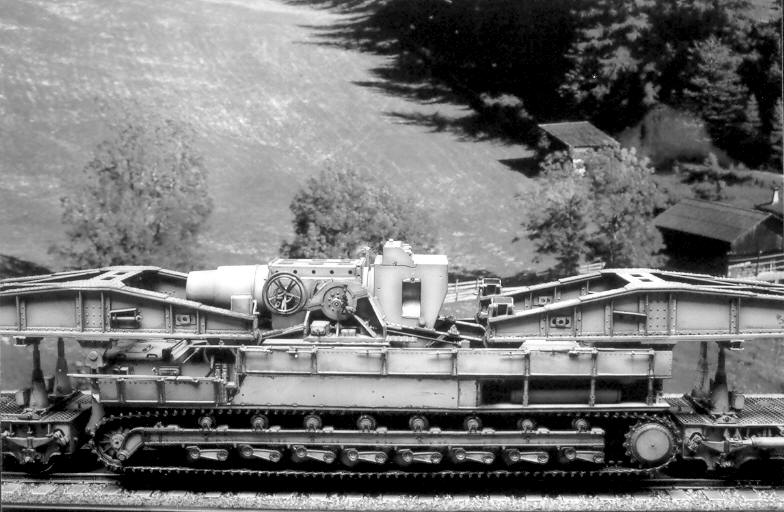
Morser KarlGerat 040/041 (Initial Version) on railway trans Axis History Forum
A Karl Gerät 040 Reloading of a Karl Mörser Warsaw Uprising, a 600 mm hit on the Prudential building "Adam" in Kubinka, this was the original name of the number one. Video (wargaming) WW2 Tanks. WW2 tanks posters All Tiger tanks liveries. Panther liveries and variants

Mörser Karl Gerät 040 YouTube
karl geraet, moerser karl, geraet 040, geraet 041, karl geraet, moerser karl, geraet 040, geraet 041 karl gerat, morser karl, gerat 040, gerat 041, karl gerat, morser karl, gerat 040, gerat 041 karl-geraet, kits and information. since 27-feb-2003
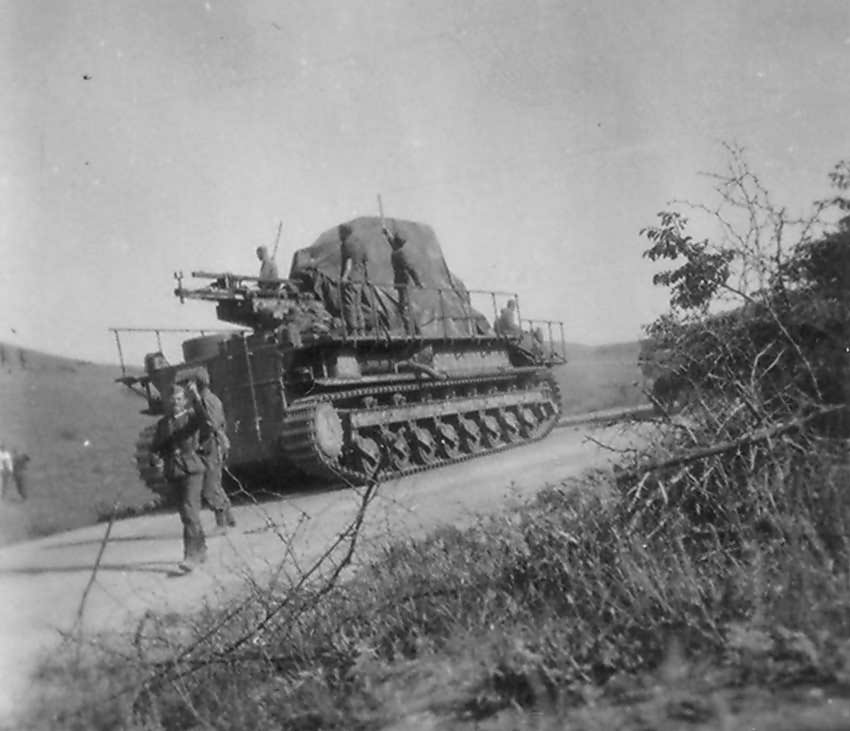
heavy mortar Karl Gerat 040 041 Eastern Front World War Photos
60 cm Karl-Gerät 040 and its improved version 54 cm Karl-Gerät 041 - the heaviest self-propelled mortar used during World War II. It was part of the armament.

Cobi KarlGerät 040 STEGElectronics.ch
The "Karl-Gerät" 040 (German: "Karl-device"), also known as Mörser Karl, was a World War II German self-propelled super-heavy siege mortar designed and built by Rheinmetall.Its heaviest munition was a 60 cm (24 in) diameter, 2,170 kg (4,780 lb) shell, and the range for its lightest shell of 1,250 kg (2,760 lb) was just over 10 km (6.2 mi).

KarlGerät (040/041) also known as Mörser Karl, was a selfpropelled siege mortar (Mörser
Mörser Karl. Der Mörser „Karl", das Gerät 040 (60cm) / Gerät 041 (54cm) oder Karl-Gerät war eine überschwere Artillerie - Selbstfahrlafette, deren Entwicklung für die Wehrmacht vor dem Zweiten Weltkrieg begann, von denen das erste Geschütz 1940 fertiggestellt wurde und welche dann im Krieg eingesetzt wurden.

60cm Mörser Gerät 040 KarlGerät
Karl-Geralt 040/041 History. Karl-Gerat (040/041) (or "Karl-Device" in German) is a self-propelled siege howitzer, designed and manufactured by Rheinmetall during World War II. The howitzer became the largest self-propelled gun ever used in combat. Despite its size and available firepower, the system has all the inherent weaknesses of all.

Pin on Artillery
Gerät 040: original model, armed with a short 60 centimetres (24 in) calibre barrel;; Gerät 041: later model, armed with a long (L/11.55) 54 centimetres (21 in) calibre barrel.; In total, seven Karl-Geräte howitzers were manufactured. The first six had the nicknames "Adam" (later "Baldur") "Eva" (later "Wotan") "Thor" "Odin" "Loki" "Ziu" A research and test weapon (Versuchs-Gerät), had no.